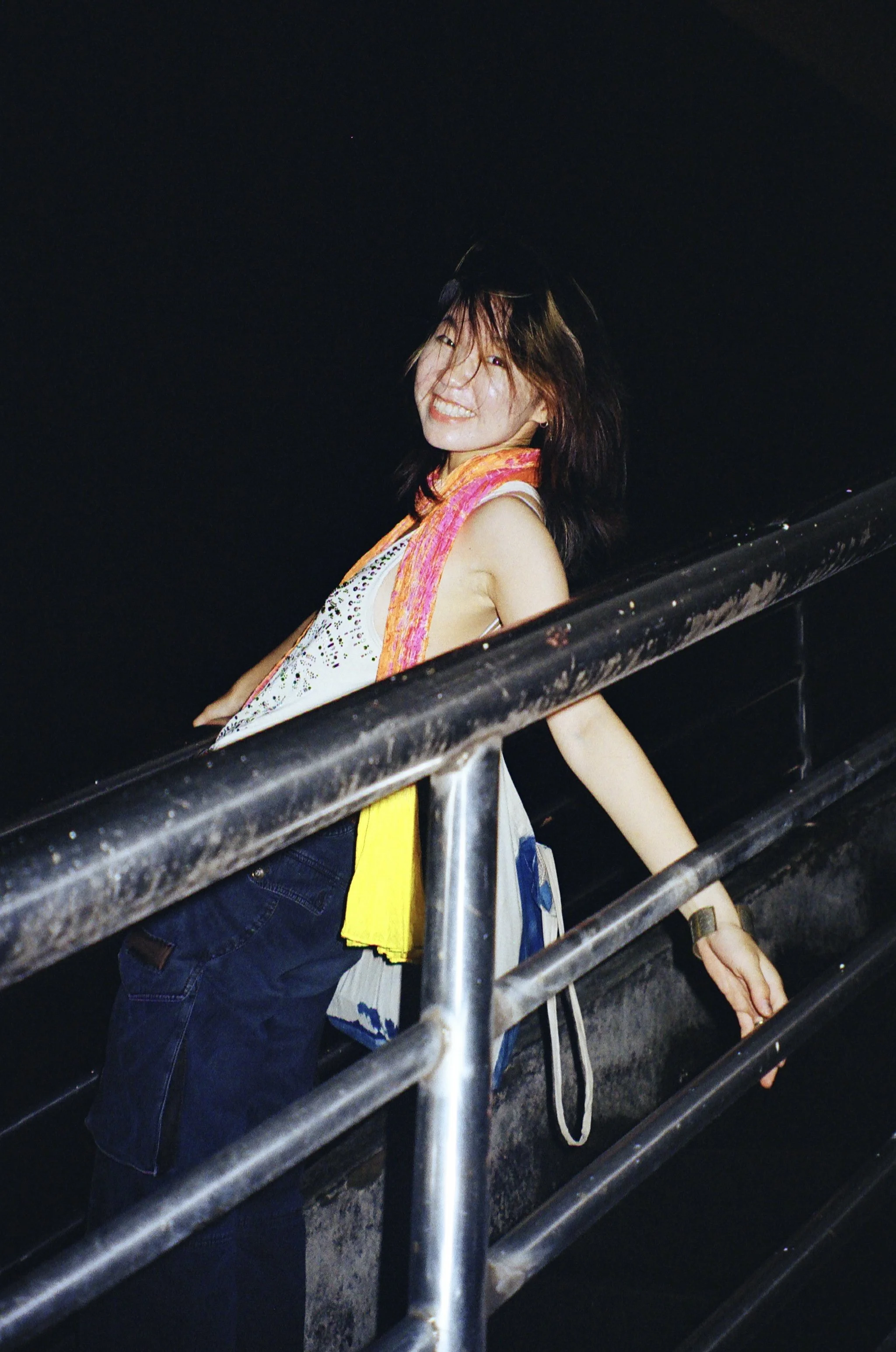Uganda Diary
Growing up at Happy Times.
Happy Times Childcare Initiatives is a registered NGO dedicated to improving the lives of vulnerable children, their families, and communities. They provide quality education, child protection, orphanage care, and community empowerment to break the cycle of poverty.
Founded in 2006 with only 13 pupils, Happy Times has grown into a beacon of hope, having supported over 1500 children over the years. It currently supports more than 400 children aged 0 to 18 and youth aged 19 to 24.
The school is more than just a place of learning—it’s a home and a community.
During my volunteer work in Happy Times, I collaborated with local children on two participatory art projects. These works are not only creative expressions, but also quiet conversations about place, identity, and hope.
These projects taught me that art can build bridges: between different worlds, between what is and what could be. Most of all, they reminded me that creativity, in children’s hands, always holds the promise of a better tomorrow.
Community Co-creation Projects
- Stitching Tomorrow
- Map of Happy Times
Stitching Tomorrow
2025
Size: 83.5 x 53 cm
Material: Color and dirt collectors, Cotton thread, Gift box, Plastic bottle cap
A large cloth pieced together from everyday laundry color and dirt collectors, featuring a hand-stitched board game. The game is designed to help children around the world learn about the Sustainable Development Goals in a simple and child-friendly way.





This project began as a simple experiment: could I make a board game using only what I had? Laundry cloths became the board, bottle caps became the game pieces. Before heading to Uganda, I hesitated—would bringing this feel presumptuous, even inappropriate? But I realized: if the game could show children that joy isn’t just received, but created, then it might carry something meaningful.
In class, the children played with infectious energy. They shouted answers, rolled dice, and raced around the board. When asked, “Which continent has the most children out of school?” they proudly answered “Africa!” before the question was finished. I smiled, then paused—torn between admiration for their awareness and sorrow for the truth behind it.
The game is named Stitching Tomorrow, because it was only through their joyful participation that the idea of “tomorrow” began to feel tangible.
Happy Times Map made with P5 students
The children’s favorite time of the week was always art class. I had brought along some coloring sheets of skyscrapers, thinking they might be fun to fill in. But when I handed them out, the children stared at them wide-eyed and asked, “What is this?” That was the first time I realized how unfamiliar the world I came from might seem to them.
As I spent more time with the students, especially the fifth graders, I was struck by their creativity and deep attentiveness to their surroundings. Their drawings weren’t just playful—they were thoughtful, spatially aware, and full of imagination. I decided to invite them to make a map of their school.
At first, the idea was simply to help others understand the realities of their learning environment. But as we worked together, the project grew into something more. The children didn’t just draw buildings—they drew memory, emotion, and possibility. They showed me tilted classrooms built on hillsides, dormitories imagined as “two-story” only because of stacked bunk beds, and open dirt fields confidently labeled as football pitches. They even drew flowers in corners where none had yet grown.
I had arrived thinking I was the one bringing knowledge and tools. In the end, it was the children who taught me how to truly see a place—and how to believe in the world they are still in the process of creating.




















